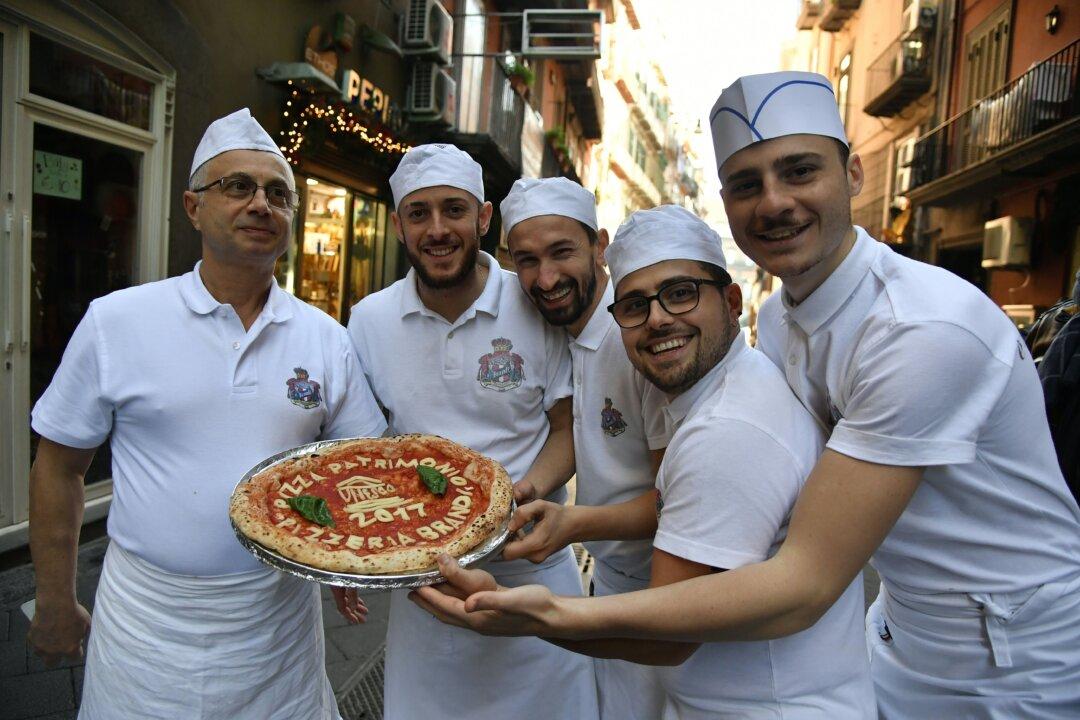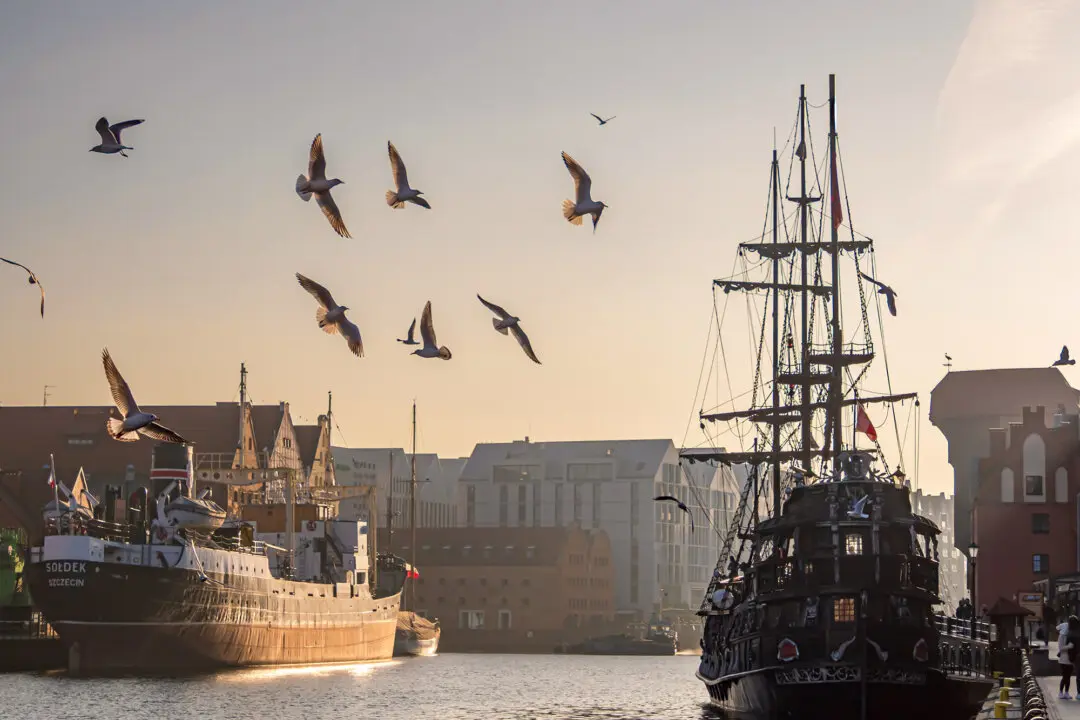Is there a dish more beloved the world over than pizza? Whether you’re pulling up your chair to a checkerboard tablecloth in a small Cambodian village or popping off the train for a quick snack at a Trans-Siberian railway station, you'll find it everywhere. That savory combination of meat, cheese, and dough is ubiquitous—and, usually, pretty delicious.
Like many famous dishes, you can trace its provenance back to one place: Naples, the largest city in southern Italy. And on a recent trip there, dodging mopeds in the narrow laneways and walking along the sultry waterfront, I learned some of its secrets.





